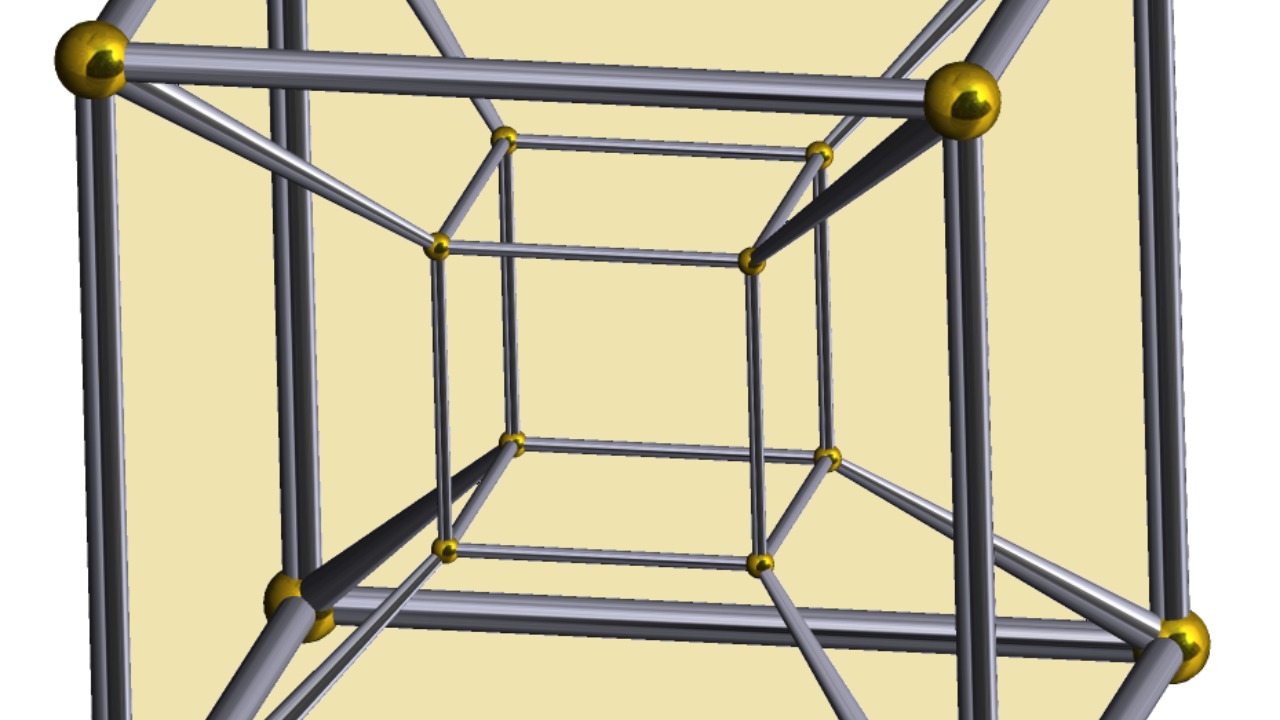
Recent scientific discussions suggest that the fourth dimension might be concealed within our everyday perception of reality, challenging conventional views of space and time. This idea intersects with explorations of how science and imagination blur in conceptualizing higher dimensions. Physicists are probing a “dark dimension” for clues to the universe’s missing matter, suggesting that our three-dimensional existence could be intertwined with an unseen fourth axis, potentially reshaping our understanding of the cosmos.
Conceptualizing the Fourth Dimension
To grasp the concept of the fourth dimension, it’s essential to first understand dimensions beyond length, width, and height. The fourth dimension extends spatial geometry into realms like time or additional axes. Historically, early 20th-century thinkers visualized hypercubes and tesseracts as models for four-dimensional objects, providing a framework for imagining spaces beyond our immediate perception. These models serve as a bridge between scientific theory and creative visualization, helping us to conceptualize abstract ideas that challenge our conventional understanding of space.
The intersection of scientific theory and creative visualization is crucial in understanding higher dimensions. As explored in discussions from September 2023, imagination plays a vital role in grasping these abstract concepts. By visualizing complex structures like tesseracts, we can begin to comprehend how additional dimensions might exist alongside our familiar three-dimensional world. This blending of science and imagination not only aids in theoretical physics but also enriches our broader understanding of the universe.
Evidence from Modern Physics
Modern physics offers intriguing proposals that the fourth dimension could manifest subtly within observable phenomena. Recent scientific claims suggest that extra dimensions might be hiding in plain sight, influencing the behavior of particles and forces in ways we have yet to fully understand. Particle physics experiments are actively seeking signs of these extra dimensions, exploring potential hiding spots in everyday space. These investigations aim to uncover how additional dimensions might affect fundamental forces like gravity and light, offering new insights into the fabric of reality.
Theoretical models play a crucial role in predicting the effects of the fourth dimension on gravity and light. By examining how these forces might behave differently in the presence of extra dimensions, scientists hope to uncover evidence of their existence. This research not only advances our understanding of fundamental physics but also has the potential to revolutionize our perception of the universe, revealing hidden aspects of reality that have eluded detection until now.
The Dark Dimension and Missing Matter
The “dark dimension” hypothesis presents a fascinating avenue for exploring the universe’s missing matter. Physicists are investigating the possibility that a compact extra dimension could house this elusive matter, offering a new perspective on dark matter detection. This hypothesis suggests that particles might be confined to this dimension, influencing their interactions with the observable universe. By exploring these mechanisms, scientists aim to shed light on one of the most significant mysteries in cosmology.
Ongoing experiments are crucial in confirming or refuting the presence of hidden dimensions in our universe. These investigations have significant implications for our understanding of dark matter and the fundamental structure of reality. By probing the “dark dimension,” physicists hope to uncover new insights into the nature of the universe, potentially leading to groundbreaking discoveries that could reshape our understanding of cosmology and particle physics.
Visualizing and Perceiving Hidden Dimensions
Visualizing the fourth dimension requires innovative techniques that allow us to mentally project four-dimensional structures into our three-dimensional world. One such method involves unfolding a tesseract into three dimensions, providing a more accessible way to comprehend these complex shapes. This approach helps bridge the gap between theoretical physics and human perception, offering a tangible way to explore higher dimensions.
Human perceptual limitations present challenges in understanding hidden dimensions, but tools like computer simulations offer valuable approximations of fourth-dimensional views. These simulations enable us to visualize how the fourth dimension might appear “right in front of you,” using optical illusions or quantum effects to reveal its presence. By leveraging these technologies, scientists can provide practical examples of how higher dimensions might influence our everyday experiences, enhancing our understanding of the universe’s hidden complexities.
As we continue to explore the fourth dimension, the implications for science and society are profound. By expanding our understanding of space and time, we open new avenues for research and discovery, potentially leading to transformative advancements in technology and our comprehension of the cosmos. The pursuit of hidden dimensions not only enriches our scientific knowledge but also inspires us to imagine new possibilities for the future.
For more insights into how the fourth dimension might be hiding in plain sight, you can explore the detailed discussions in Popular Mechanics. Additionally, HowStuffWorks provides an engaging exploration of the intersection between science and imagination in conceptualizing higher dimensions. For a deeper dive into the “dark dimension” hypothesis, Quanta Magazine offers a comprehensive analysis of ongoing research into the universe’s missing matter.
More from MorningOverview